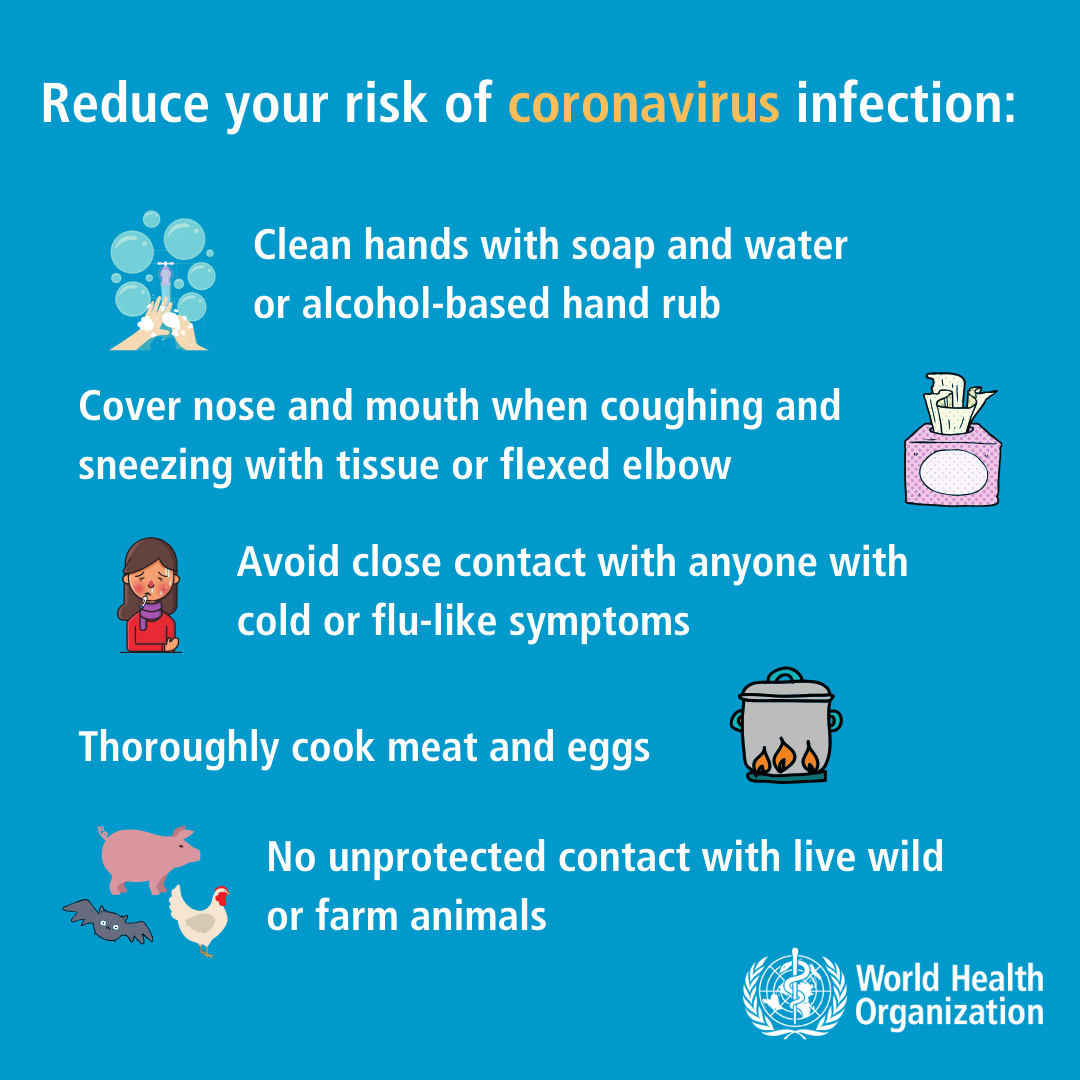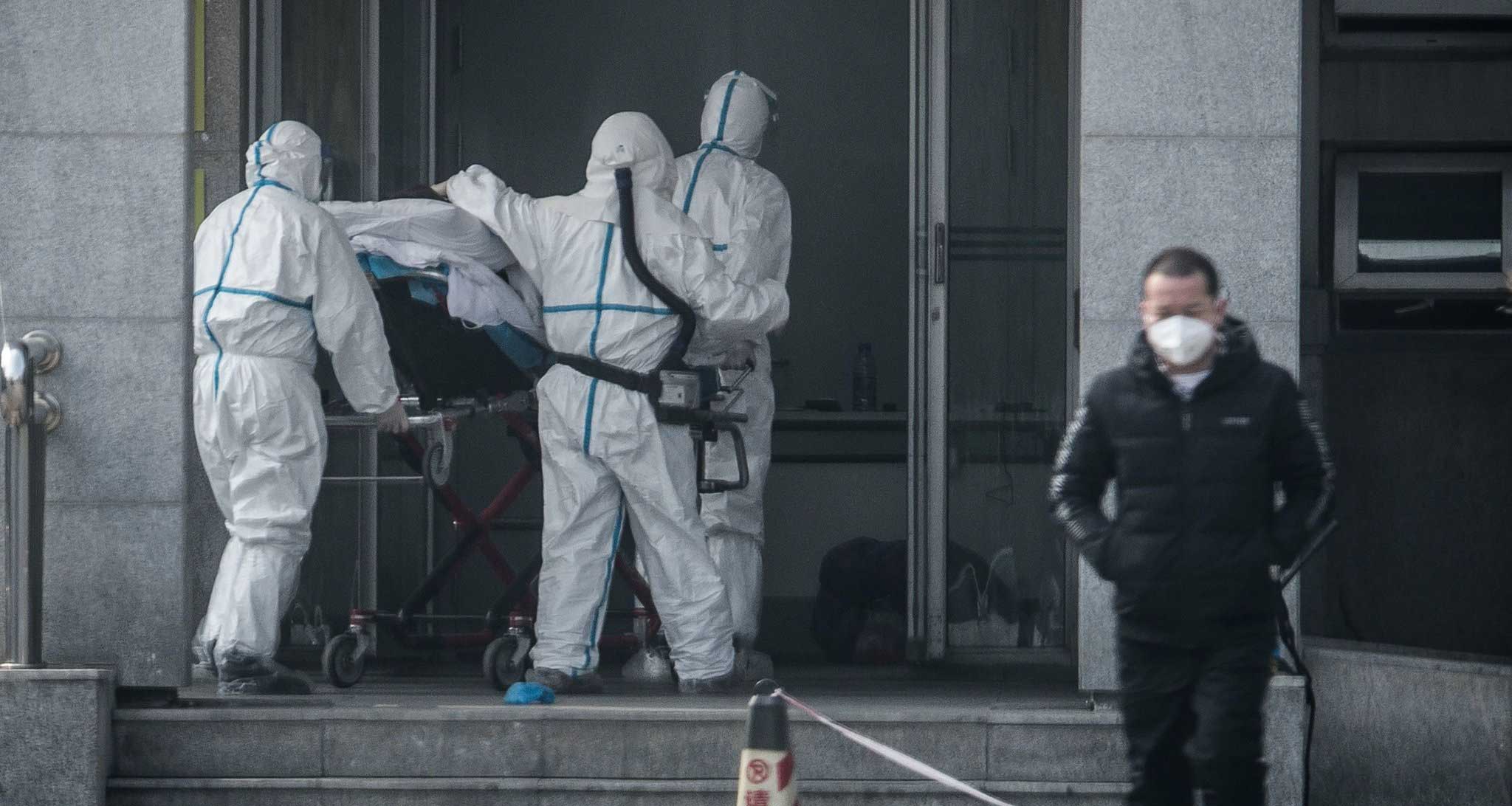Nearly two decades ago, from 2002 to 2003, an outbreak of the coronavirus known as SARS caused enormous apprehension among travelers around the world. SARS, or Severe Acute Respiratory Syndrome, originated in the southern Chinese province of Yunnan, infected 8,098 people and resulted in 774 deaths — a fatality rate of nearly ten percent.
Nearly three weeks ago, on January 9, 2020, the Chinese government reported the spread of a new type of coronavirus which was causing fever, difficulty breathing and pneumonia in people who had been infected. Local investigators quickly traced the source of the outbreak to the Huanan Seafood Market in Wuhan City, Hubei Province of China.
When I first wrote about the virus last week, some medical experts had warned that this new strain of coronavirus, dubbed 2019-nCoV, could spread more rapidly than the SARS epidemic of 2002-2003. That has turned out to be the case, with the number of 2019-nCoV cases in China eclipsing that country’s SARS total in less than three weeks. The World Health Organization’s 29 January Situation Report (PDF) contained the following statistics on the spread of the 2019 Novel Coronavirus:
- Confirmed cases of infection number at least 6,065, of which 1,239 are described as “severe.” An additional 9,239 people are suspected or infection and are under observation.
- 132 people have died as a result of the infection, approximately 2.1% of the total confirmed cases.
- Infections have been confirmed in 15 countries outside of China thus far: Australia, Cambodia, Canada, France, Germany, Japan, Malaysia, Nepal, Thailand, Singapore, South Korea, Sri Lanka, Vietnam, United Arab Emirates and the United States.
To help stem the tide of the outbreak, the Chinese government has closed public transportation systems, airports and roadways in Wuhan City and other affected areas. These measures have essentially put tens of millions of people on lockdown. Unfortunately, the restrictions on movement likely came too late.
Because the virus came about in the weeks leading up to the Chinese New Year, many people who were exposed had already left Wuhan City and traveled to other destinations within China and around the world. In less than two weeks, the virus had made its way from a Chinese wet market to the United States, a seemingly inevitable result of our hyperconnected world.
Last week, I wrote about an upcoming trip to China that I still intended to take. I thought that because China is a country of more than 1.4 billion people, a couple thousand cases of the virus didn’t seem so dire. But in the past few days, there have been several important developments that are difficult to ignore.
The Chinese health minister announced that his government have found evidence of asymptomatic transmission of the coronavirus. If true, this makes it easier to transmit the virus and harder for people to avoid infection.
On Tuesday, The U.S. Centers for Disease Control and Prevention issued a travel warning for all of China, encouraging U.S. citizens to reconsider all nonessential travel. Yesterday, the U.S. Department of State repatriated many of its foreign service workers.
Business Insider reported that 16 airlines have canceled flights to China in response to the virus, and also due to a sharp drop in passenger demand. American Airlines, the carrier I planned to take to Beijing, canceled some of those flights yesterday.
With all this in mind, I decided last night to cancel my trip. These were my reasons:
- Airlines could further reduce or eliminate service to Beijing, leaving me stranded in-country.
- There are no wheelchair taxis in Beijing right now, and if the city’s public transportation system were to be shut down, I would not be able to get around with my large power wheelchair.
- If I were to become infected with the coronavirus, the healthcare system in China may not be equipped to provide proper care.
- Following my return from China, I will be speaking at a disability conference in Washington, D.C. If asymptomatic transmission is possible, it would be irresponsible to endanger others with attendance.
- Finally, my trip to China is not essential.
I am disappointed that I will not be able to visit China, but I believe canceling the trip was the most responsible thing to do,

For those who may still be visiting Asia in the midst of this outbreak, please take the World Health Organization’s advice and observe the following precautions:
- Frequently clean hands by using alcohol-based hand rub or soap and water.
- When coughing and sneezing cover mouth and nose with flexed elbow or tissue – throw tissue away immediately and wash hands.
- Avoid close contact with anyone who has fever and cough.
- If you have fever, cough and difficulty breathing seek medical care early and share previous travel history with your health care provider.
- When visiting live markets in areas currently experiencing cases of novel coronavirus, avoid direct unprotected contact with live animals and surfaces in contact with animals.
- The consumption of raw or undercooked animal products should be avoided. Raw meat, milk or animal organs should be handled with care, to avoid cross-contamination with uncooked foods, as per good food safety practices.
During the SARS outbreak, the CDC recommended that people wear eye protection and face masks to shield themselves from the virus. The CDC advised that a “NIOSH-certified, disposable N95 respirator” would be “sufficient,” but that higher-rated respirators are ideal.
I wish the best to all those affected by this virus, and hope containment will be quickly achieved.
Featured image courtesy Agence France-Presse — Getty Images.
In the comments below, let me know — What would you do? Did I make the right decision by canceling my trip to Beijing?















